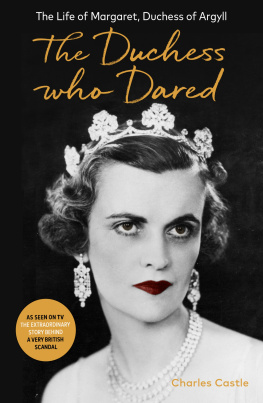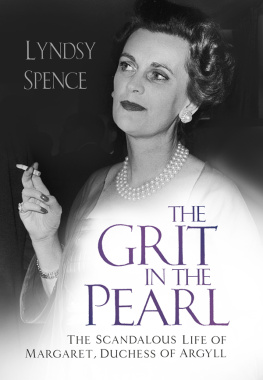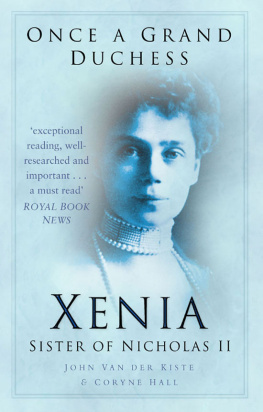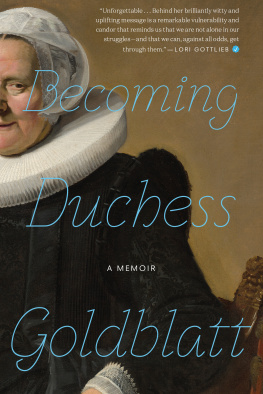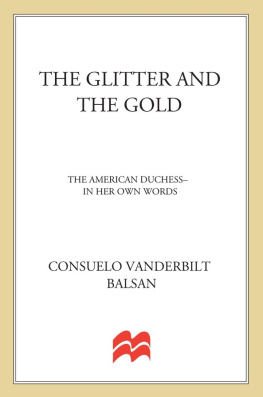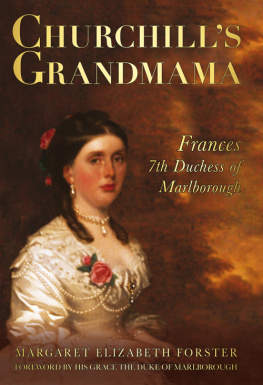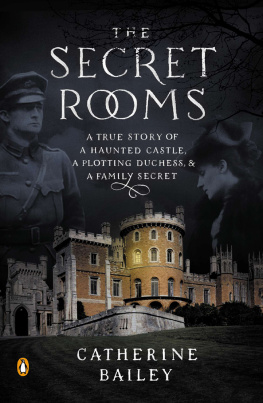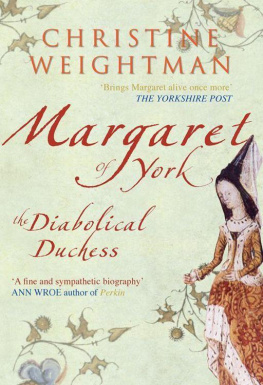Chapter Eight
The Divorce Hearing
Almost all of 1962 seemed to be taken up by Margarets preliminary actions to prevent the Duke from using her diary in evidence against her in his divorce petition. The entries about which she was particularly anxious concerned Peter Combe, one of the men named in the Dukes petition.
In January, Lord Wheatley said that the Duke sought divorce from his wife on the grounds of alleged adultery with three named persons. In the case of one man, the Duke claimed that a series of meetings, twenty-one in all, had taken place between July and November 1960. He was Peter Combe. Lord Wheatley said, however, that entries in a diary referring to him were the private property of the writer and entitled to be regarded as confidential. He refused the Duke permission to use the entries as evidence.
Peter Combe, of Strathconan, Muir of Ord, Ross-shire, the son of Lady Moira Combe, who had been one of the great beauties of her day, was given permission by the same court to take evidence from certain witnesses. A week later, Lord Wheatleys decision that the Duke could not use Margarets diary was reversed by an appeal court and, at the same time, the judges, by a majority of two to one, refused to allow Margaret to amend her defence so as to retract a partial admission about entries in the diary.
However, in April Margaret took her appeal to suppress the information in her diaries to the House of Lords. She wanted to plead that the information was confidential and that the references to Combe should be deleted from the Dukes evidence. But she was refused leave to appeal and told that the proper time to do this would be when the divorce proceedings began in the Edinburgh court.
Mr Walter Fraser, Margarets barrister, said that she wished to be allowed to amend her evidence relating to a diary kept by her at a time when she was alleged to have been associating with Peter Combe. He referred to the Dukes sworn statement that on 14 July 1960 Margaret had left the 400 Club in Leicester Square accompanied by Combe at 1.30 a.m., and they had gone to her house in Mayfair. There, where they spent an hour and a half together, the Duke alleged that adultery was committed. Mr Fraser said the Duke also alleged that Peter Combe was alone with the Duchess from 4 p.m. to 6 p.m. on 26 October 1960, in her suite at the Ritz Hotel, Paris, and that they then dined together at the Black Diamond.
Margaret argued on each and every minor point of law to the extent of appealing to the Court of Appeal and eventually to the House of Lords on the admissibility of evidence.
A blow to Margarets confidence occurred two weeks later when, in the High Court of Justice, Mr Justice Plowman continued the hearing of the action by the trustees of the Duke, and Margaret was ordered to deliver up the items the Duke had given her. These included a bronze bust of the ninth Duke on a marble column, six paintings including Roman scenes by Clrisseau, a Zoffany painting valued at 16,000, a harvest scene at Inveraray, five gouache paintings of Swiss landscapes, silver-gilt items, china and a Chippendale-design kneehole desk, valued together at between 22,000 and 25,000.
Finally, on 26 February 1963, almost four years since the Duke had filed his divorce petition, the case opened before the Court of Session in Edinburgh. Lord Wheatley, a Catholic, socialist and Scot a Campbell on his mothers side with a sardonic turn of phrase and not lacking in wit, was presiding, before whom Margaret had appeared on so many previous occasions it must have seemed like old times to both.
The Duke cited three men as Margarets lovers: Baron Sigismund von Braun, who was now West German Ambassador to the United Nations in New York and was married with five children; John Cohane, fifty-five, an American businessman now living in Ireland; and Peter Combe, former chief press officer at Londons Savoy Hotel, now living in Scotland. The Dukes solicitors were Shepherd and Wedderburn, the largest legal firm in Edinburgh. His counsel were George Emslie, QC, and Mr J. H. MacKay. Margaret was represented by Walter Fraser, QC, Dean of the Faculty of Advocates and Head of the Scottish Bar, and Charles Jauncey. Mr A. J. Mackenzie Stuart represented Peter Combe, who denied the Dukes allegations of his adultery with Margaret.
All the public and press seats were filled in the tiny courtroom. The Duke, wearing a grey tweed suit instead of the kilt of the Campbell clan, his normal dress, sat in a second-row seat. Margaret, wearing a light oatmeal-coloured coat, matching hat and a mink wrap, sat in the same row four places away from him.
Equipped with a tightly rolled umbrella and bowler, the Dukes heir, the twenty-five-year-old Marquess of Lorne, sat three seats away from Margaret. They hardly dared look at one another. Lorne and Margaret had been at daggers drawn since she had tried to discredit his paternity. He and his father were staying at the exclusive New Club in Princes Street, patronized by landed Scottish gentry.
The Duke was called as the first witness. After he gave his evidence about the diary, Mr Fraser interrupted to submit that the diary was confidential. The court decided, however, that the diary was allowed as evidence, and Lord Wheatley disallowed the objection.
The Duke gave evidence for five hours on the first day of the hearing. During a week he spent thirteen hours and Margaret twelve in the witness box. One of the witnesses called was Mrs Kathleen Carpenter, personal maid to Margaret for the past twelve years, and later Peter Combe. He was thirty-seven, smartly dressed in a green overcoat with fur collar and cuffs, and wore heavy horn-rimmed glasses.
The case continued for three weeks, but since it was illegal to publish evidence in Scotland there were no verbatim reports of what was said throughout the hearing except those taken by her lawyers.
Margaret, immaculately dressed in a different couture outfit each day of the trial, stayed at the most comfortable hostelry in Edinburgh, the Caledonian Hotel, the best that British Railways could offer. Unknown to anyone, however, she ensconced her lover, a married man with children, in the hotel each weekend. There seemed no end to her resilience defiance, even or her determination to do whatever she liked and, true to her nature, she enjoyed the danger involved in this arrangement just as she had so many times before and which was now why she stood before the Edinburgh court.
On 14 March, one Latin word ended the marathon divorce action with an estimated cost of 50,000 in legal fees. At 3.32 p.m. Lord Wheatley spoke the word Avizandum, which meant the end of the litigation until his reserved judgment was given, probably two months later, in May.
Margaret was not in court to hear the judgment. She had returned to London, but the Duke was there, with his son to give him moral support. Also present was Peter Combe. There had been nineteen witnesses altogether, twelve for the Duke, five for Margaret and two for Combe. They included experts in forensic medicine and handwriting, private detectives, servants and solicitors. Written evidence was taken from Spain, America and Eire.
Rather than endure the humiliation of listening to the judges 68,000-word crucifixion in his final summing-up on 8 May 1963 and face the barrage of press reporters and photographers, Margaret had decided to take sanctuary in Paris. The Duke, wearing a grey herringbone suit, his iron-grey hair slicked back, discarded his familiar cigarette holder and sat with his chin cupped in his right hand as he listened to Lord Wheatleys words. He was referred to throughout as the pursuer (the petitioner in English courts), and the only co-defendant present, Peter Combe, as the party minuter. The two absent named lovers were called the paramours.

